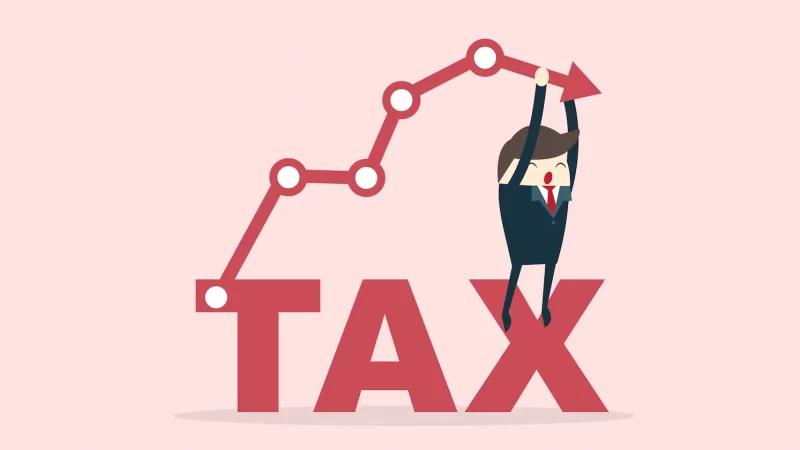The Aim of Taxes

The primary aim of taxes is to increase revenue to meet government spending needs, but they should not discourage economic decisions. One example of a tax that is too high is a tobacco tax. The purpose of taxes is to reduce smoking by increasing the price of cigarette, thereby discouraging people from smoking. The opposite effect occurs when taxes are too low. In addition, taxing cigarettes will encourage people to invest in non-smoking products.
The monetary effects of monetary expansion and counterfeiting are never uniform across the entire economy. In a country like Nigeria, people who regularly paid land use charges received letters of good standing that they could use to claim relocation compensation. A similar effect was achieved in Bolivia, where taxpayers disaggregated their fiscal systems, and the aim of taxes was to promote economic growth. By contrast, governments in the United States have largely abandoned the idea of taxation as a tool to increase public spending, and taxation has become a key feature of their economic policy.
The classical economists believed the aim of taxation was to raise government revenue. However, modern economics has redefined taxation to serve a more varied purpose. As a means to enhance social welfare, increase productivity, and increase government revenues, taxes can also promote savings and accelerate economic growth. In other words, taxes can be a tool for ensuring social welfare, and are an effective control mechanism. But what is the real objective?
The main aim of taxes is to increase economic activity. A tax can help a country get back on its feet and achieve full employment. But when there is an increase in demand, it can increase the economy’s productivity. This can be done through the multiplier effect. It is important to remember that taxes do not just affect the economy, but affect the way it is distributed. If a tax is high enough, it can promote economic growth, improve social welfare, and control inflation.
Taxes are an important source of government revenue, but they can also affect production and distribution. They can also be used to protect citizens from fraud and swindling. A tax system that has high tax rates will reduce the overall cost of a society. It should also be transparent and easy to understand. This will reduce the amount of money that is lost to the government. A government should be as transparent and accessible as possible. A simple way to make a tax system work is to implement a simple system that makes it easy for consumers and businesses to comply with.
In the case of taxation, the aim is to maximize tax revenue while protecting the public. The main purpose of a tax is to increase economic activity. It should promote a stable economy by stimulating growth and creating jobs. It is essential for a country to create an environment that is free of pollution and to prevent the occurrence of epidemics. By reducing the costs of these taxes, the government can reach its goal of full employment.






